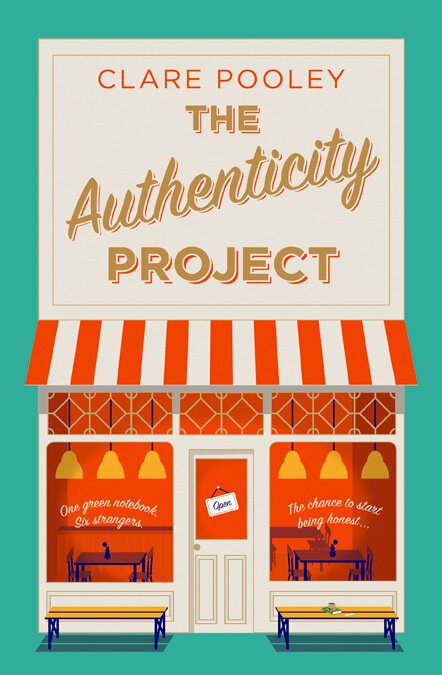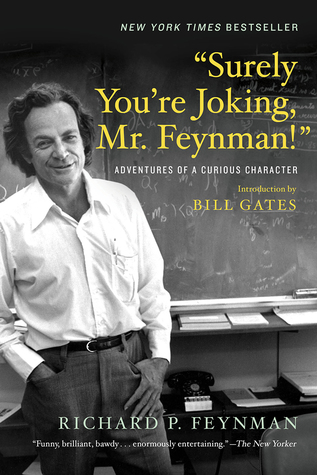A possible explanation on how Covid works. And a computer did it!

I've just read a medical article that seems to be what we have been looking for since this whole Covid thing started: an detailed explanation of what it does in the body. And no, it didn't come from doctors in lab coats, it came from a supercomputer analysing statistical data. Take that, humans! Anyway... First of all, read the article: A Supercomputer Analyzed Covid-19 — and an Interesting New Theory Has Emerged. And before you go all "Oh, it's on Medium! I don't go to that crap, they use a paywall!", know that this is a free article. (also you can read anything on Medium if it seems to be coming from Twitter)
Long story short (you should really read the article, though) is that the virus binds to the ACE2 receptors - and degrades them, then tricks the body to make even more ACE2 receptors (even in organs that normally don't express them as much) to get even more virus in. The virus also tweaks the renin–angiotensin system which leads to a Bradykinin storm which causes multiple symptoms consistent with what is seen in hospitals and leaves many a doctor stumped: dry cough, blood pressure changes, leaky blood vessels, a gel filling one's lungs (making ventilators ineffective), tiredness, dizziness and even loss of smell and taste. Also, because of a genetic quirk of the X chromosome, women are less affected, which also is shown in statistical data on severe cases.
Quoting from the article: several drugs target aspects of the RAS and are already FDA approved to treat other conditions. They could arguably be applied to treating Covid-19 as well. Several, like danazol, stanozolol, and ecallantide, reduce bradykinin production and could potentially stop a deadly bradykinin storm. Others, like icatibant, reduce bradykinin signaling and could blunt its effects once it’s already in the body.
Good stuff, people! Good stuff! The person responsible for this is Daniel A Jacobson and his research assistants should take all the credit! Just kidding.
But how new is this? Bradykinin is not an unknown peptide and we have known from the very beginning what ACE does and that Covid binds to it. My limited googling shows doctors noticing this as soon as the middle of March. In fact, the original article that the Medium article is based on is from July 7! Here is a TheScientist take on it: Is a Bradykinin Storm Brewing in COVID-19?
For more info, here is a long video talking about the paper: Bradykinin Storm Instead of Cytokine Storm?
[youtube:tDbRfur36sE]
If you really are into medicine, check this very short but very technical video about Bradykinin, from where I also stole the image for this post: Bradykinin | Let the Drama begin!
[youtube:d39-IcoWHkY]
I hope this provided you with some hope and a starting point for more research of your own.













